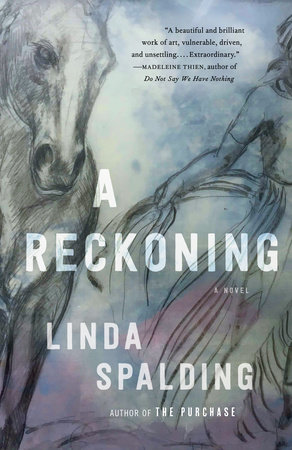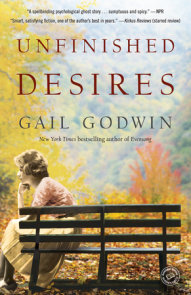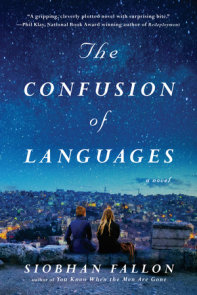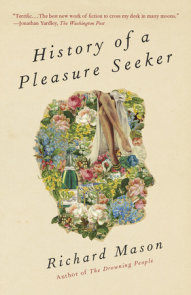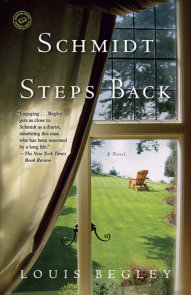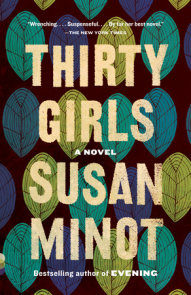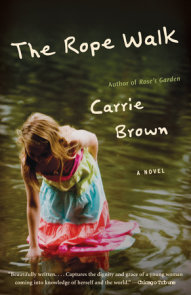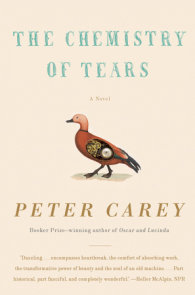READERS GUIDE
The questions, discussion topics, and reading list that follow are intended to enhance your reading group’s discussion of A Reckoning by Linda Spalding. In this novel, members of a Virginia family must come to terms with their slave-owning past as the Civil War approaches and an abolitionist visits their plantation, throwing it into turmoil and eventually sending the family west to Kansas.Introduction
1855, Virginia: the Dickinson farm, run by brothers Benjamin and John, is visited by a Northern abolitionist who secretly distributes compasses, maps, and knives to the people enslaved there. Bry is the first slave to flee, determined to find his mother and daughter already in Canada. His escape inspires a dozen others.Without their labor, the farm falters and is forfeited to the bank. John Dickinson, who is also a circuit-riding preacher, gathers his flock into a wagon train to find a new life in the west. But he carries a dangerous secret that compels him to abandon the group at the last minute, and his wife, daughters, and thirteen-year-old son, Martin, must now face life on the trail without him. After a fateful encounter along the way, Martin and Bry will hatch a plot to get Bry safely to Canada, but each member of the family will be irrevocably changed by the journey. Told with astonishing empathy, A Reckoning brilliantly re-creates an America that was: the undefiled beauty of its lands; the grand mix of settlers and Native Americans, blacks and whites; and people leaving one life behind for another they can only just begin to see.
Questions and Topics for Discussion
1. What does the title, A Reckoning, mean and refer to? Who is making a reckoning and why?
2. What is the role of Alexander Ross, the Canadian abolitionist, naturalist, and medical student who arrives in Jonesville? How does he affect the lives of everyone around him? Why does the novel open with him?
3. Compare and contrast the two brothers John, the preacher, and Benjamin, the land and slave-owner. What does each do with the legacy of their father? How do their views of slavery agree and differ? And how substantial is this difference?
4. What reasons make John feel it necessary to send his family on a journey to the west with other members of their religious community, while he stays behind?
5. What happens to Lavina on the trip to Kansas? How has she found “a piece of herself she didn’t know” (p. x). Is this a complete transformation or does she return to the old Lavina after John returns? Why? Why doesn’t Lavina leave John?
6. The trip also transforms Martin who says, “My father is wrong about everything. Dominion is not the point” (p. x). What does he mean? Dominion over what? People? Nature? Family?
7. How does Martin break apart from the yolk of his father, “You are not in command here Father” (p. 123)?
8. How does Bry’s journey north to Canada compare and contrast with the journeys of the Dickinson family to Kansas?
9. What did you learn about this time period, the years before the Civil War, and this part of the US, at that time from A Reckoning? Has Spalding presented anything new or fresh about this time period?
10. Do the characters remind you of anyone you know or any other characters from other novels? Do you connect with any of the characters more than any others? Who is your favorite character and why?
11. What do you think is the most important scene in the novel? Why?
12. What do you think of the ending of A Reckoning? What does it mean and is it satisfying or intriguing as an ending? Why does Spalding end the novel this way?
13. Describe the different female characters, Lavina, Emly, Matilda and the Native American woman who helps Bry. How are they each women of their time and place in society and how are they universal? What do they share and how are they different?
14. There are abundant passages about the natural world in the novel. “And the world announced itself. The rhododendrons were opening beside them; the azaleas were ready to burst; the birds were finding each other after a long winter of waiting” (p. 139). Why these descriptions of nature? How does it add to or contrast with actions of the people?
15. “We are born in ignorance and must make ourselves civil,” John as preacher always said, but his son Martin discovers that Cuff the bear is “true to her nature rather than ignorant” (p. 210). How do these two different views provide a commentary on human nature and the novel?
16. Why does John send Martin out to kill his bear? What is the significance of the order and of what happens afterward?
17. What is the role and importance of religion in the novel?
18. What is Bry’s relationship to the other characters in the novel? How does this inform your reading of this novel and does it affect your view of Bry? If you’ve read The Purchase, how has your opinion of him grown or changed?
19. How does Bry escape to Canada? Who and what does he need to rely on though he tries to be self-sufficient?
20. Emily Donaldson (Globe and Mail) writes, “Perhaps what makes her novel germane to the current moment is how little has changed in race and gender relations, not how much.” Comment on this and discuss whether you agree with this statement or not.









